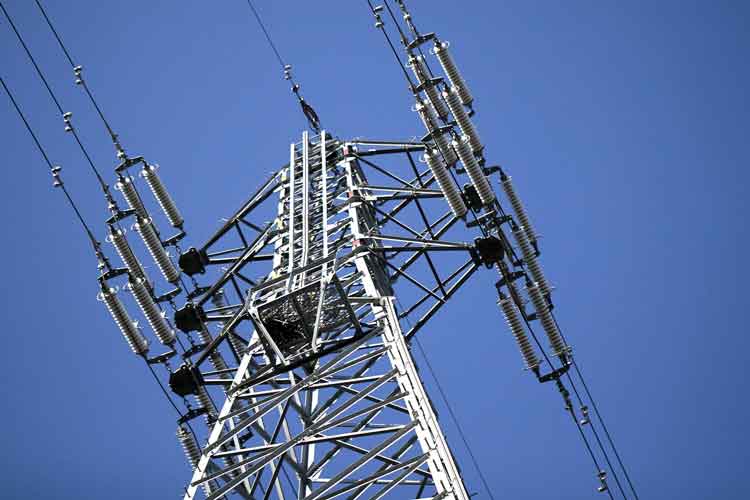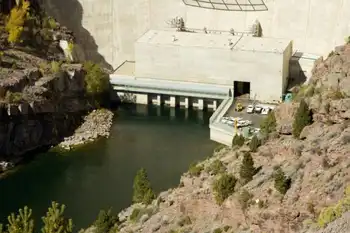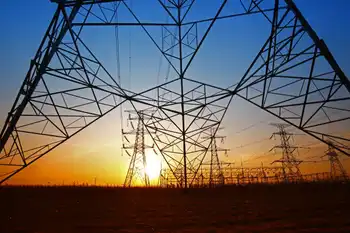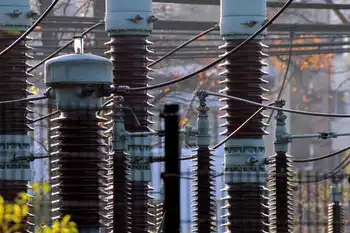First phase of largest higher education solar power project completed
By Macroworld Investor
Substation Relay Protection Training
Our customized live online or in‑person group training can be delivered to your staff at your location.

- Live Online
- 12 hours Instructor-led
- Group Training Available
The state-of-the-art energy infrastructure upgrades - designed, engineered and constructed by Chevron Energy Solutions - make CCCCD's three college campuses and District Office more energy efficient, reliable and environmentally friendly as well as easier to manage. At the same time, the improvements are reducing the District's energy costs and its exposure to utility price volatility.
The program includes three types of improvements:
1. a 3.2-megawatt solar power generation system comprising photovoltaic panels mounted on 34 parking canopies in six parking lots at Contra Costa College, Diablo Valley College and Los Medanos College (the project's first phase, at 2.65 megawatts, is completed; the final phase will add 534 kilowatts in 2008);
2. high-efficiency lighting and energy management systems installed at CCCCD's three colleges and District Office, as well as high-efficiency heating, ventilation and air-conditioning equipment at CCCCD's District Office; and
3. high-voltage electrical system replacements installed at Diablo Valley College and Los Medanos College.
“This project has shown that energy efficiency and renewable power together can bring substantial benefits for education and the environment,” said Jim Davis, president of Chevron Energy Solutions. “We're delighted to partner with the District on a project that's raised the bar in sustainable energy development.”
The solar installation is expected to generate about four million kilowatt-hours of power each year, supplying up to half of CCCCD's peak electricity needs. This renewable power will offset the production of about 5.6 million pounds of carbon dioxide emissions annually - equivalent to removing 629 cars from the road or planting 636 acres of trees.
The project was celebrated at an event attended by elected and college officials, students, faculty and staff, energy industry representatives and members of the community.
“Chevron's environmental leadership and work with the Contra Costa Community College District solar project is a shining example of how businesses can work with colleges to adapt and become a major player in the fight against global warming,” said California Lieutenant Governor John Garamendi. “Thinking green can no longer be a choice when looking toward the future. Smart businesses and colleges are looking over the horizon, building partnerships, and understand that the risks and opportunity associated with this critical issue must be part of their overall plan to grow and to be successful in the future.”
“The installation of solar panels and efficiency improvements at our three colleges underscores the District's commitment to improving the environment,” said Contra Costa Community College District Chancellor Helen Benjamin. “We are proud to set this new standard in environmental stewardship in our academic community.”
The improvements are providing the following additional benefits:
- more conducive learning, teaching, and workplace environments;
- electrical equipment that functions more reliably as a result of new electrical infrastructure;
- reduced grid power purchases of 7.4 million kilowatt-hours per year, enough to power about 1,200 homes;
- shaded daytime parking and improved parking lot lighting at night;
- solar information kiosks that provide real-time data on the production, conversion and electricity output at each campus; and
better operations through energy management system controls and real-time monitoring of energy production and consumption.
The $35.2 million project cost is being offset by about $8.5 million in rebates and other incentives administered by Pacific Gas and Electric Company under the State of California's Solar Initiative, Self-Generation Incentive Program and Community College Partnership Program. The net amount of $26.7 million, supported by Measure A bond funds, will be recovered over time by the annual cost savings achieved as a result of the new systems.











